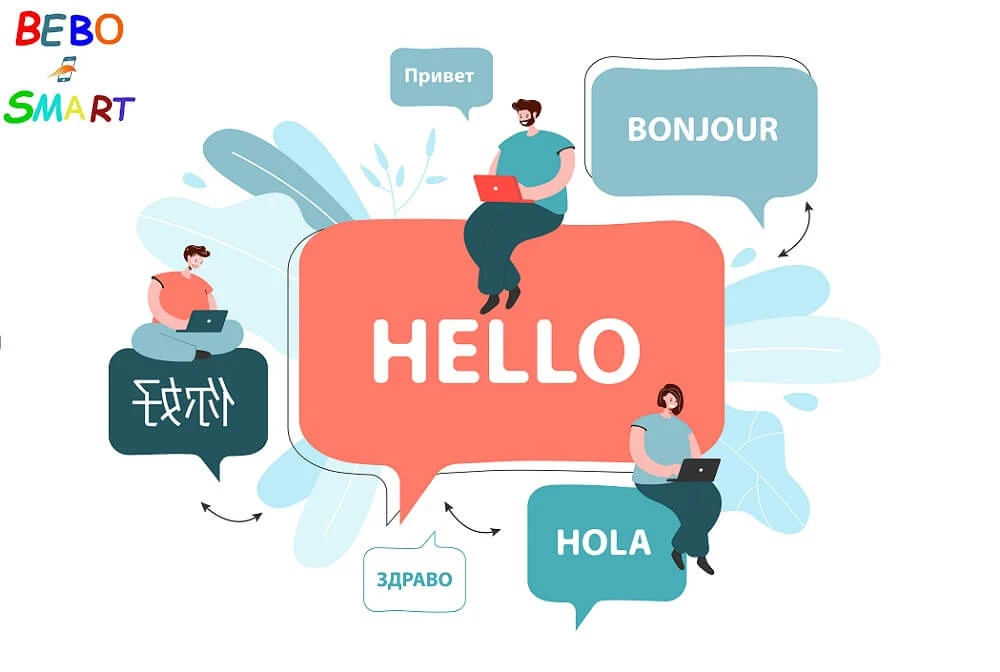multilingual website design
Consumers who buy online usually prefer to buy from websites that speak to them in their native language, as people shop from websites they feel comfortable with and thus make purchase decisions easily.
So translating your site into different languages will help you attract the largest target audience, but it can be a big task, as software development companies strive to make the actual translation a smooth and hassle-free process, there are a lot of things to consider before starting work.
Website design is very important if you want to stand out from the crowd, and in this article, we will discuss how to create an exceptional and engaging global user experience (UX) that will help you provide your customers with a consistent look and feel across all sites globally.
Select universal templates for consistent branding
You can direct your audience to your website, but you can't control which site global visitors will reach, some German visitors may visit your UK website or your French website.
You already realize that you have to maintain a consistent brand image across all of your major websites.
websites are suggested to be customizable to meet the tastes of local audiences, to do this you must select a generic template for your multilingual website, and your designs and layout templates must be optimized for mobile and desktop as they help increase efficiency, maintain control over visual presentations, and manage text expansions Also increasing branding elements, these templates allow you to run regional campaigns and cater to specific local preferences and expenses.
Website design compatible with global internet speeds
Before visitors can do anything, your website must first load, if you keep users waiting for all text or images to load, your visitors will likely leave for another site.
Internet speed varies greatly around the world and it is important for website design to match your internet speed, so remove or enhance graphic images or large files that may slow down time for international users.
Create global portals with users in mind
Portals are the navigational system that helps direct users to the local versions of the website. The design and placement of the portal are important, and it should be easy to find them.
There are a few designs used for this, the most popular of which is the dropdown box where users can select a specific language from a scrolling list.
Guarantee of international shopping and shipping experiences
When it comes to multilingual e-commerce websites, there are many steps that you have to follow while designing.
Once you have a clear idea of the local laws related to purchasing and shipping, you should work on a multilingual website design to adapt to different currencies and shipping formats, and the functionality should be addressed in the design process so that you can internationalize the site to accommodate the variables.
Support global variations of date and time format
Be aware of local time and date formats, English-speaking countries often use 12-hour format, but European countries use 24-hour format, and even calendar date formats may also vary and should be used according to local preferences.
Images and icons should be culturally appropriate
Your commercial graphics, icons, and images should be attractive without being offensive in any culture, so some research should be done and the use of animal images or any religious symbols should be avoided, and culturally appropriate people should be chosen in the images so as not to conflict with any category.
Use best practices for multilingual website design that deliver the best user experience (UX) through consistent site look and feel.

